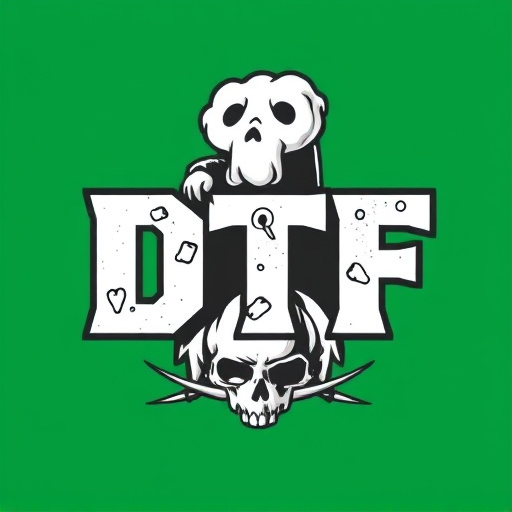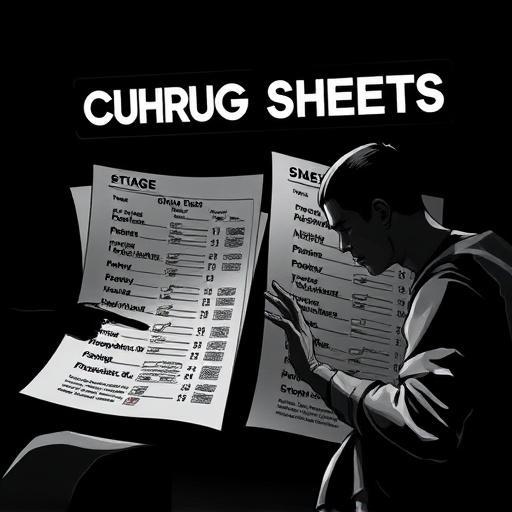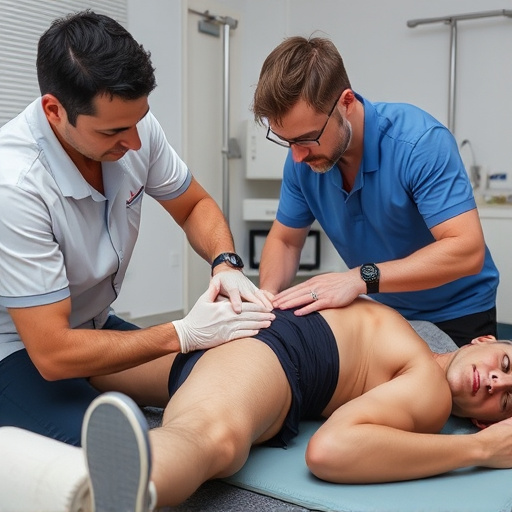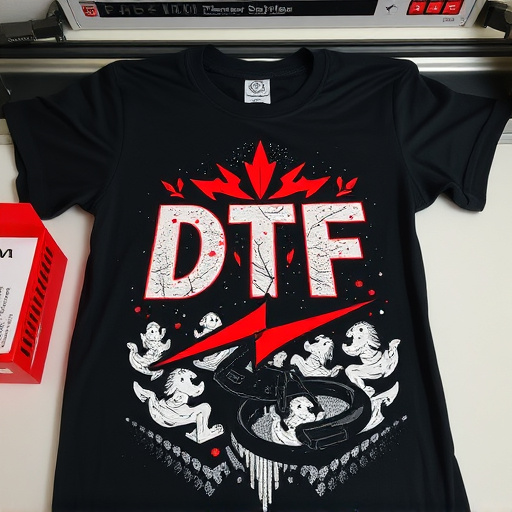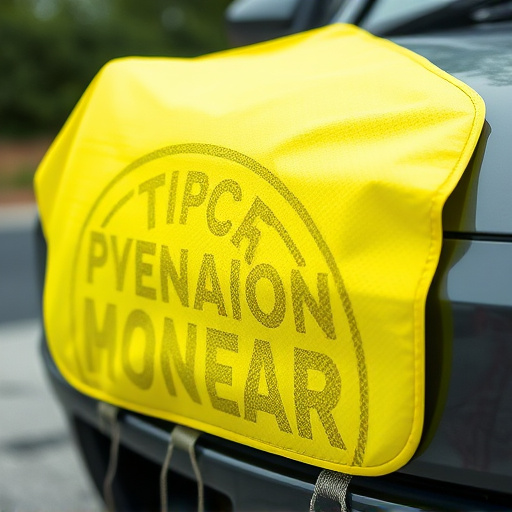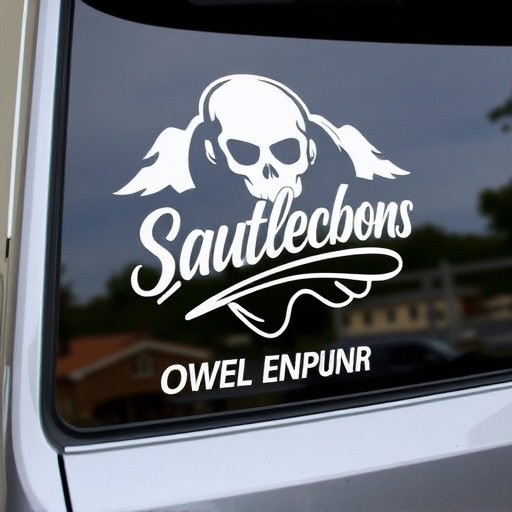Warranty protection policies are essential for businesses in product sales and services, providing clear terms for repairs, replacements, or refunds for defects. In sectors like automotive, where professional services like PPF installation and ceramic coating are offered, effective training materials using simple language, visuals, real-world examples, and case studies ensure team understanding. Interactive sessions like case studies, role-plays, and simulated customer interactions enhance learning, fostering accurate application of warranty protection strategies during client interactions.
Training teams on comprehensive warranty protection procedures is essential for any business aiming to enhance customer satisfaction and reduce costs. This article guides you through a structured approach, focusing on defining clear warranty policies and their significance in building trust. We explore the creation of engaging training materials, emphasizing effective communication strategies. Interactive sessions, including practical exercises and Q&A, ensure knowledge retention. By implementing these steps, businesses can empower their teams to deliver exceptional warranty protection services.
- Define Warranty Protection Policies and Their Importance
- Develop Comprehensive Training Materials for Effective Communication
- Implement Interactive Sessions for Hands-On Learning and Q&A
Define Warranty Protection Policies and Their Importance

Warranty protection policies are integral to any organization’s operations, especially those involved in product sales or service industries. These policies outline the terms and conditions under which customers can avail of repairs, replacements, or refunds for defects or damage to products during a specified period after purchase. They serve as a safety net for both businesses and consumers, ensuring fair practices and customer satisfaction.
Understanding warranty protection is crucial for teams, especially in industries where product quality and customer trust are paramount. For instance, in automotive sectors, professional PPF installation and ceramic coating can enhance scratch protection, but clear warranty guidelines must be in place to manage expectations and provide recourse if these additional services fail or are damaged during application.
Develop Comprehensive Training Materials for Effective Communication

Creating robust training materials is key to ensuring your team understands warranty protection procedures comprehensively. This involves breaking down complex information into digestible chunks, using clear and concise language, and incorporating visual aids like diagrams and infographics. For instance, when explaining the process of handling a customer’s claim, include step-by-step guides with corresponding visuals to illustrate each stage. This multifaceted approach enhances understanding and facilitates effective communication.
Additionally, incorporating real-world examples and case studies can make abstract concepts more tangible. Highlight successful implementation of warranty protection strategies in various scenarios, including the role of custom vehicle wraps as a modern solution for heat rejection. By weaving these practical insights into your training materials, you empower your team to apply learned knowledge accurately and confidently during interactions with clients.
Implement Interactive Sessions for Hands-On Learning and Q&A

Incorporating interactive sessions into your training program is a dynamic way to engage teams and ensure comprehensive understanding of warranty protection procedures. These sessions allow for hands-on learning, enabling trainees to apply concepts in realistic scenarios. By actively participating, team members can clarify doubts on the spot and gain deeper insights into various aspects of warranty protection. Interactive activities could include case studies, role-plays, or simulated customer interactions, fostering a collaborative environment that promotes knowledge retention.
Moreover, interactive sessions facilitate open dialogue through question and answer (Q&A) segments. Trainees often have specific queries related to real-world challenges they face during the installation of high-quality finishes or customization processes in car projects. Encouraging a culture of questioning not only addresses these concerns but also provides an opportunity for trainers to offer valuable insights on best practices and potential problem-solving techniques, enhancing overall warranty protection protocols.
Training teams on comprehensive warranty protection procedures is a vital step in ensuring customer satisfaction and fostering a culture of responsible product care. By defining clear policies, creating engaging training materials, and facilitating interactive sessions, organizations can empower their staff to handle warranty claims efficiently. This approach not only streamlines the process but also strengthens the brand’s reputation by providing exceptional after-sales support. Effective warranty protection training is a game-changer, enabling teams to navigate complex scenarios with confidence, ultimately enhancing customer loyalty.




